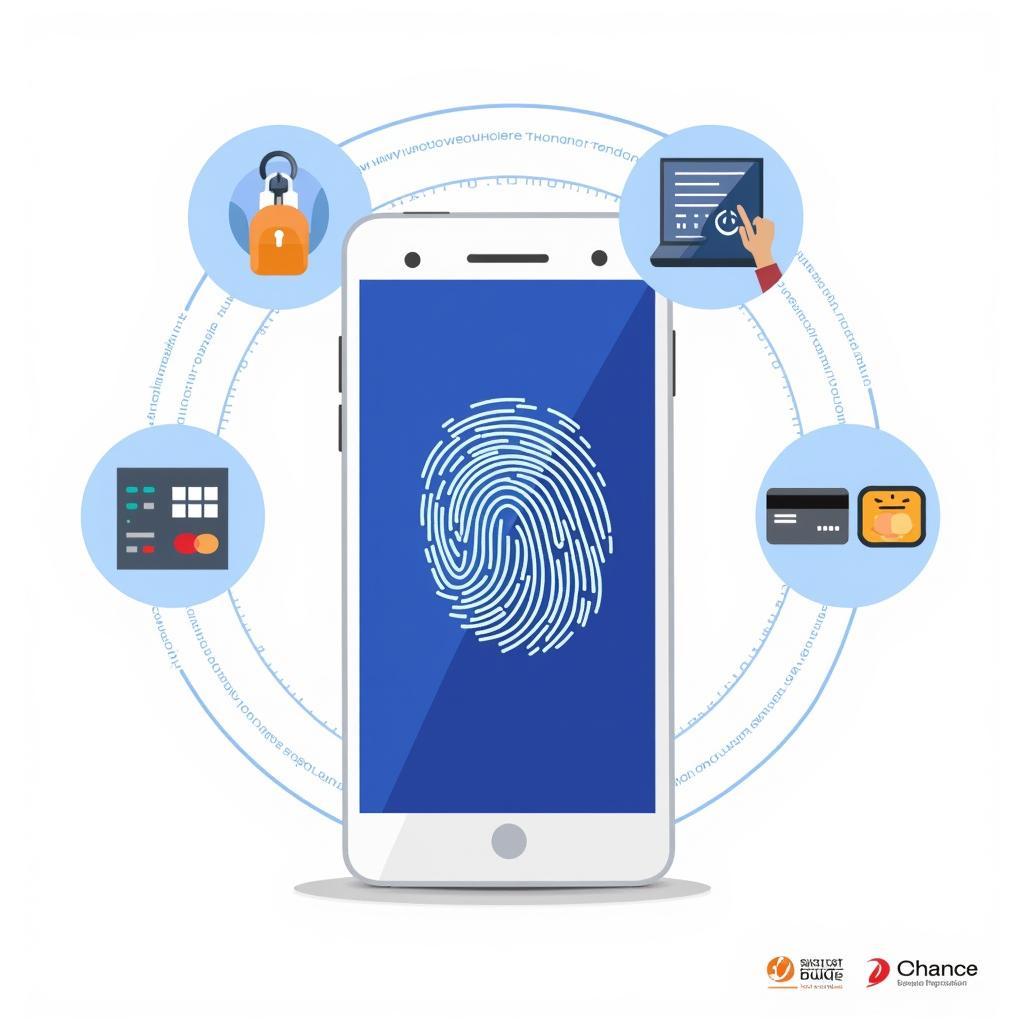Mopayments, short for mobile payments, are transforming how we transact in the digital age. Within the first few years of their inception, they’ve rapidly evolved from a niche technology to a mainstream method for purchasing goods and services, offering unparalleled convenience and speed. This guide dives deep into the world of mopayments, exploring their benefits, different types, security considerations, and future trends.
What are Mopayments and How Do They Work?
Mopayments encompass a range of technologies that enable transactions using mobile devices like smartphones and tablets. They eliminate the need for physical cash or cards, streamlining the checkout process both online and in physical stores. From paying for your morning coffee to settling utility bills, mopayments offer a versatile and efficient solution for everyday transactions.
Different Types of Mopayments
There are several ways to make mobile payments, each with its own advantages and limitations:
- Near-Field Communication (NFC): This technology allows for contactless payments by simply tapping your device on a compatible terminal. Think Apple Pay, Google Pay, and Samsung Pay.
- Mobile Wallets: These digital wallets store your payment information securely, allowing you to make purchases with a tap or scan. Popular examples include PayPal, Venmo, and Alipay.
- Mobile Banking Apps: Many banks offer their own apps with built-in payment features, enabling you to transfer money, pay bills, and even make in-store purchases directly from your bank account.
- QR Code Payments: This method involves scanning a QR code displayed by the merchant to initiate the payment. It’s particularly popular in Asia and is gaining traction globally.
 Comparing Different Mopayment Types
Comparing Different Mopayment Types
The Benefits of Using Mopayments
Mopayments offer a plethora of benefits for both consumers and businesses:
- Convenience: Pay anytime, anywhere with just your mobile device.
- Speed: Transactions are processed quickly, eliminating the need for fumbling with cash or cards.
- Security: Many mopayment methods utilize advanced security features like tokenization and biometric authentication.
- Rewards and Discounts: Many providers offer cashback, discounts, and other incentives for using their services.
- Improved Hygiene: Contactless payments reduce the handling of physical cash and cards, promoting better hygiene.
Are Mopayments Secure?
Security is a paramount concern when it comes to financial transactions. Mopayments generally employ robust security measures to protect user data and prevent fraud. These include:
- Tokenization: Replacing sensitive card details with unique tokens that are useless to hackers.
- Biometric Authentication: Using fingerprint or facial recognition to verify the user’s identity.
- Encryption: Protecting data in transit and at rest with strong encryption algorithms.
 Mopayment Security Features Explained
Mopayment Security Features Explained
The Future of Mopayments
The mopayments landscape is constantly evolving. Emerging trends suggest a future where mobile payments become even more integrated into our daily lives. Some key trends include:
- The Rise of Biometrics: Expect to see more widespread adoption of biometric authentication methods for added security and convenience.
- Integration with Wearables: Paying with your smartwatch or other wearable devices will become increasingly common.
- Expansion into Developing Markets: Mopayments are poised to play a significant role in financial inclusion in developing countries.
- Increased Use of AI and Machine Learning: AI and machine learning will be used to enhance fraud detection and personalize the user experience.
What are the Common Challenges with Mopayments?
While mopayments offer numerous benefits, some challenges remain:
- Interoperability Issues: Not all mopayment systems are compatible with each other, which can create frustration for both consumers and businesses.
- Network Dependence: Mopayments rely on a stable internet connection or mobile network, which can be an issue in areas with poor connectivity.
- Security Concerns: While generally secure, mopayments are still vulnerable to certain types of fraud and security breaches.
 Emerging Trends in Mobile Payments
Emerging Trends in Mobile Payments
Conclusion
Mopayments are revolutionizing the way we make payments, offering a faster, more convenient, and increasingly secure alternative to traditional methods. As technology continues to advance, we can expect mopayments to become even more integrated into our daily lives, shaping the future of commerce. Embracing mopayments offers a glimpse into the future of seamless transactions.
FAQ
- What is the difference between NFC and mobile wallets?
- Are mopayments safer than using a physical credit card?
- Can I use mopayments internationally?
- What happens if I lose my phone with my mopayment apps installed?
- How do I set up mopayments on my device?
- What are the fees associated with using mopayments?
- Can I get a refund if I make a mistake with a mopayment?
Need assistance with Mopayments? Contact us at Phone Number: 0902476650, Email: [email protected] Or visit us at: 139 Đ. Võ Văn Kiệt, Hoà Long, Bà Rịa, Bà Rịa – Vũng Tàu, Việt Nam. We have a 24/7 customer support team.





